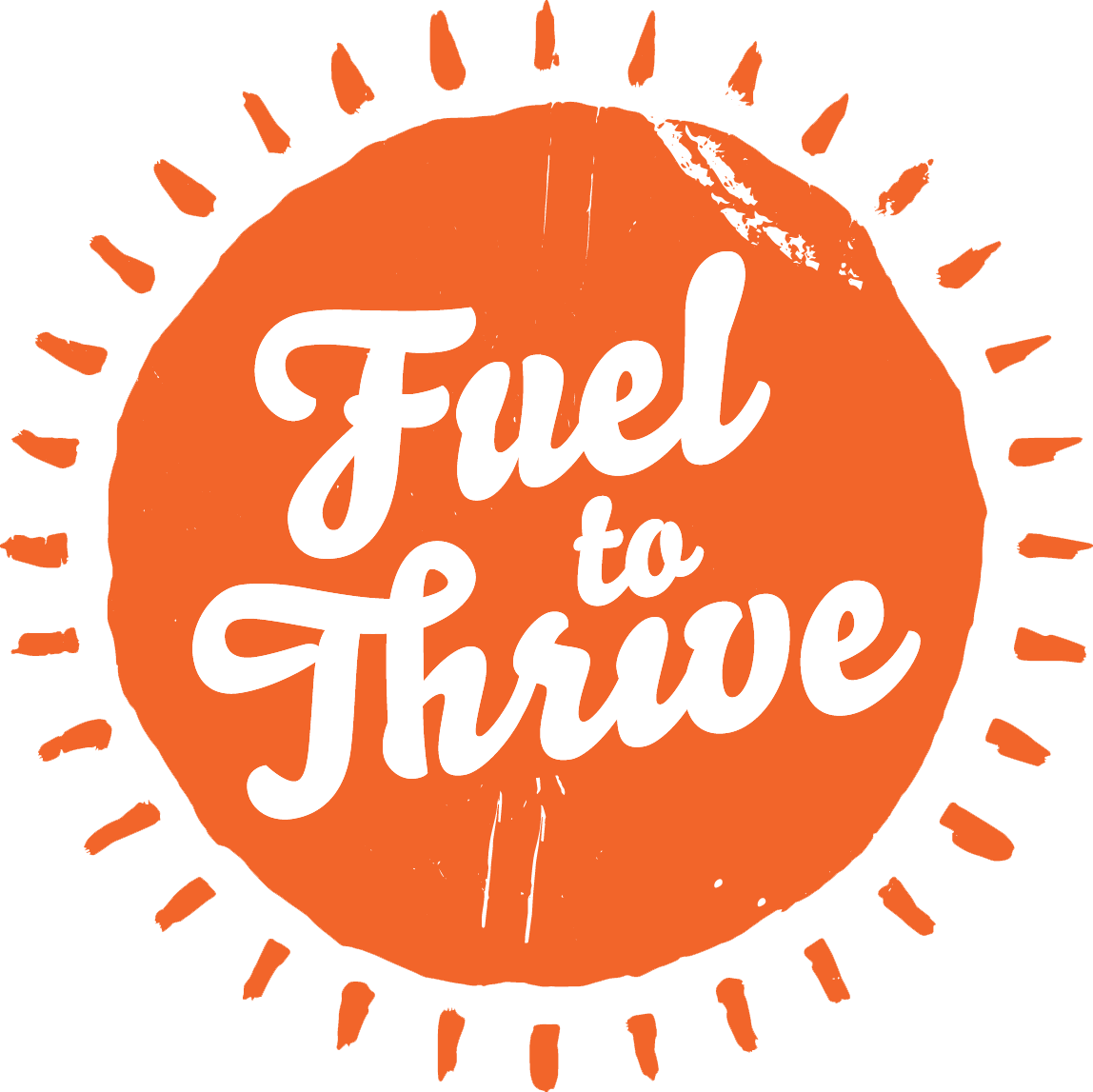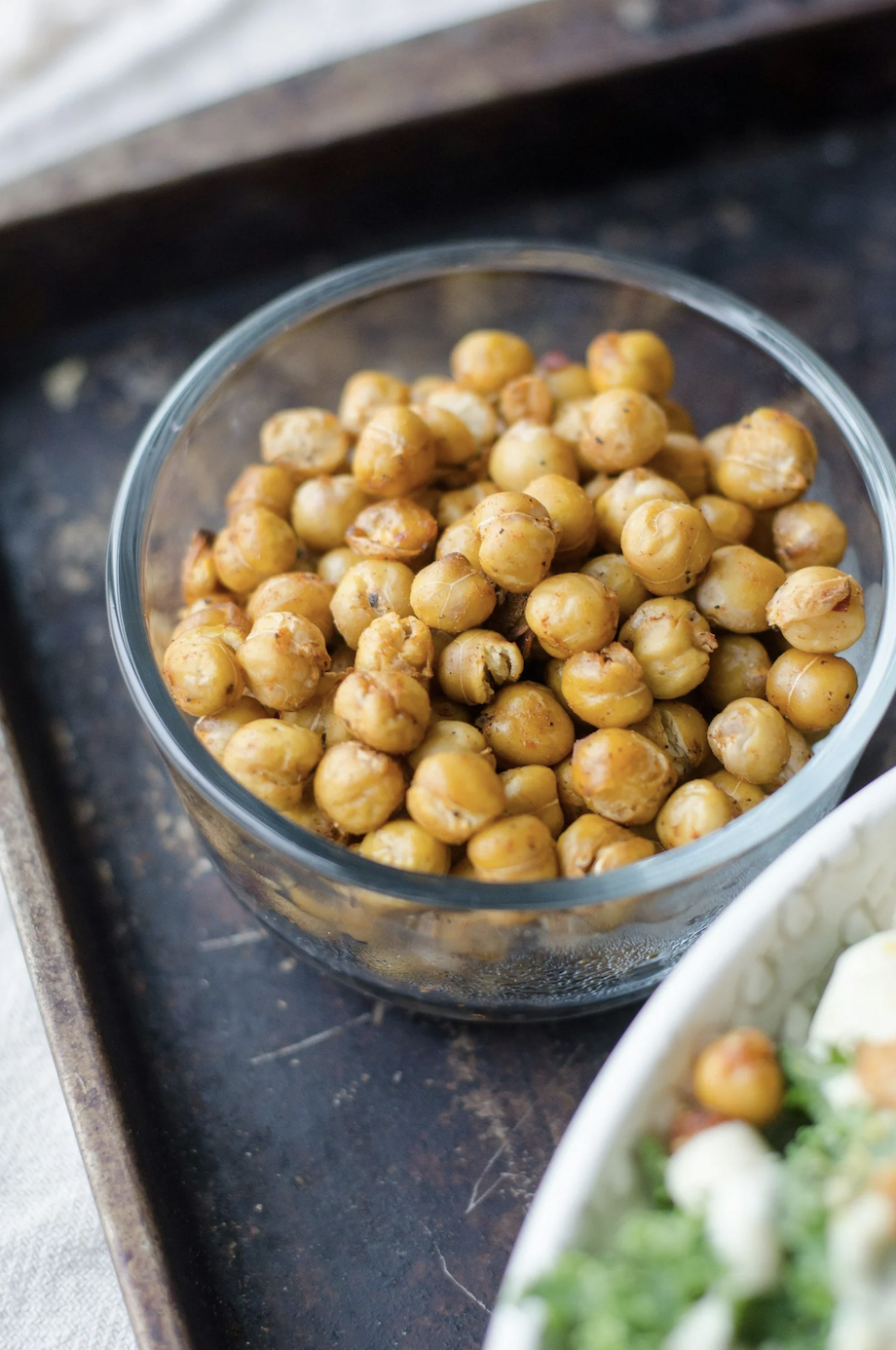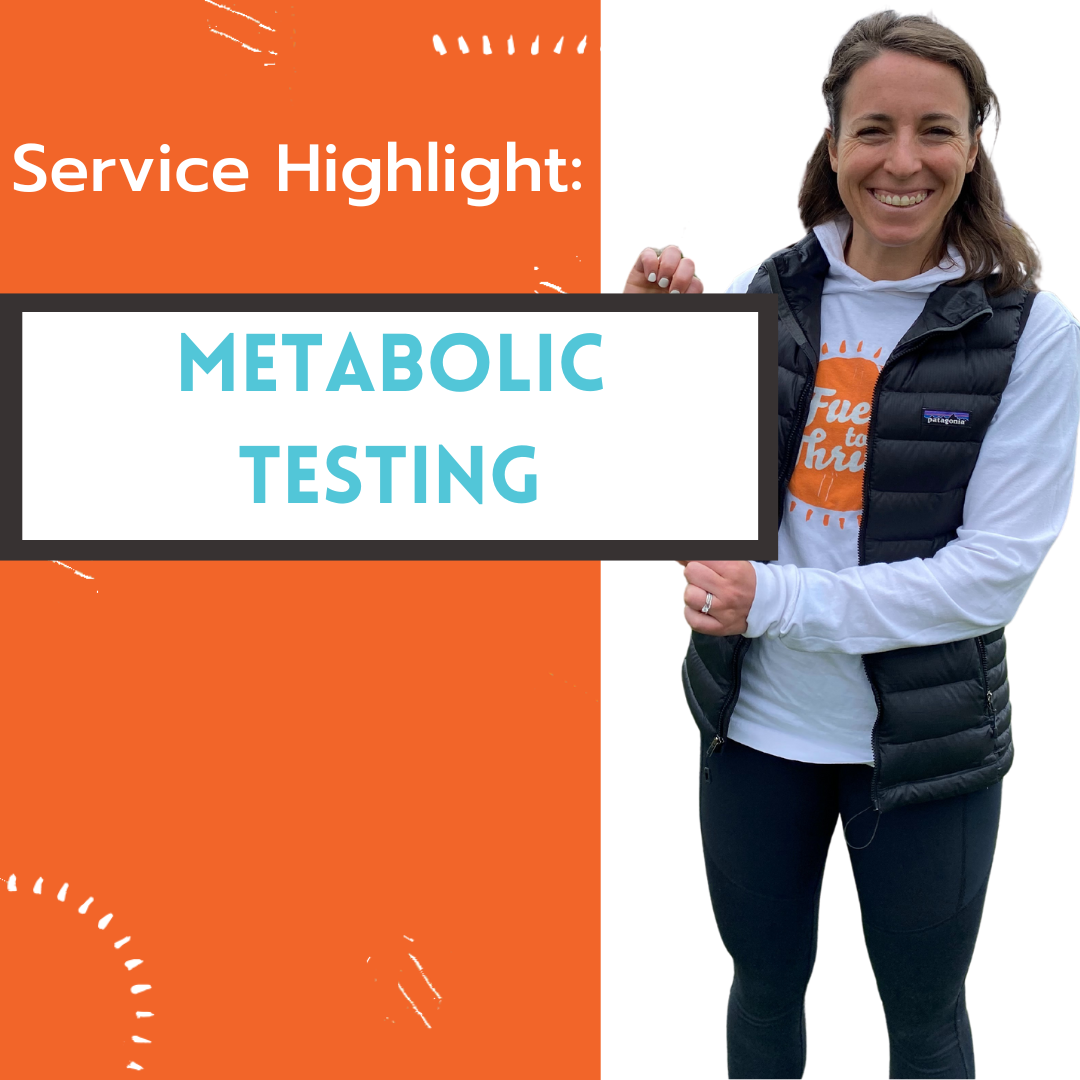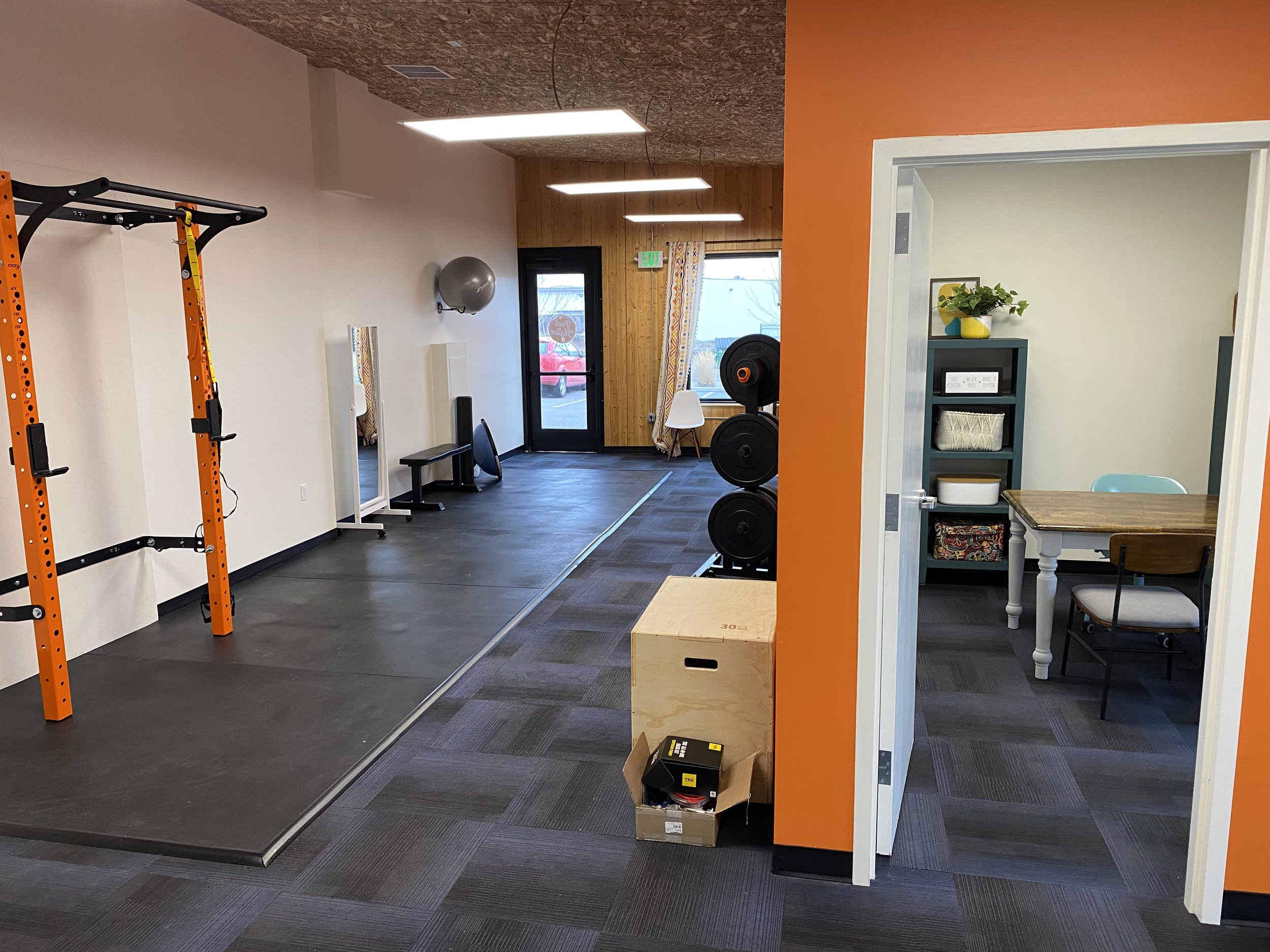5 High Protein Snacks -that aren’t yogurt or cottage cheese!
5 High Protein Snacks from a Spokane Nutritionist | Nutrition for Perimenopause, Menopause & Athletes
Looking for easy high-protein snack ideas that aren’t yogurt or cottage cheese? A Spokane nutritionist shares simple, protein-packed snacks plus expert nutrition tips for women in perimenopause and menopause, as well as endurance athletes. Learn how to build customized nutrition plans that support energy, hormone balance, and lasting strength.
Simple, satisfying snack ideas from a Spokane nutritionist to keep your energy up and your protein on point.
ABOUT US: SPOKANE NUTRITIONISTS
We are a group of registered Spokane dietitians and personal trainers who have a passion for helping you feel in control of your health.
We work mainly with athletes, those with chronic GI conditions, and women in perimenopause and menopause. We create customized nutrition plans to empower and educate you in your health journey.
3 p.m. hits… you’re hungry… and you don’t know what to eat! You’ve heard somewhere that you should be eating high-protein snacks, but when you’re staring at your pantry, it’s hard to know what actually counts. Trust me—we’ve all been there.
As a Spokane nutritionist in a dietitian private practice, I often see clients who want simple, satisfying snacks that support energy, hormones, and muscle recovery. So here’s an easy guide (plus some snack ideas!) to help you feel your best.
Why Focus on Protein
Including protein in your snacks helps you:
Stay fuller for longer
Keep your energy steady between meals
Support muscle recovery, maintenance, and growth
This becomes especially important for women navigating perimenopause or menopause. During these stages, estrogen levels naturally decline, which can lead to faster muscle breakdown, reduced sensitivity to carbohydrates, and slower recovery.
If you’re going through perimenopause or menopause, increasing your protein intake can make a big difference. You can still improve body composition, maintain lean muscle, and feel strong with the right nutrition plan. A personalized approach—like a perimenopause meal plan or nutrition menopause strategy—can help you meet your goals with clarity and confidence.
If you want support in this area, our dietitian team offers customized nutrition plans tailored to your lifestyle and goals.
What Counts as a High Protein Snack
A high protein snack typically contains 10–15 grams of protein and ideally pairs that protein source with a colorful fruit or veggie, a healthy fat, or a small portion of starch for balance.
While I LOVE cottage cheese and Greek yogurt, I have heard so many women desperately seeking other options- either because of lactose intolerance or just being flat our bored of those options! If you are not one of those women, then eat away!!
If you’re struggling with how to eat to support your body during perimenopause or menopause, we can help build you a customized nutrition plan to support your weight and health goals!
5 High Protein Snacks
Tuna
Serving size suggestion: 1/2 can tuna has 10g of protein!!!
How to eat: pair with some whole grain crackers (for a couple more grams of protein) or veggies! I always like to flavor with pickle juice, mustard or lemon pepper!!
Other Tips:
Low mercury brands are available. Safe Catch and Wild Planet are two!
Choosing “chunk light” and “in water” will be a lower mercury choice over other options.
Edamame
Serving size suggestion: 1/2 cup shelled has about 10g of protein
How to eat: You can add all types of flavor, but I like to just add salt! Pair it with a rice cracker for a more robust snack!
Other tips:
You can buy already shelled edamame in the frozen aisle of most grocery stores. This makes it a great snack to always have available.
Cheese Sticks
Serving size suggestion: 1 cheese stick has 7g of protein! Have two or eat with some whole grain crackers to get that 10-15g!
How to eat: With whole grain crackers and some fruit… you basically have a charcuterie board…not really, but…
Other tips:
Cheese sticks are one of the few items I buy low-fat because nothing is added in them to keep them low-fat. They are just made with skim milk!
Roasted Chickpeas, Pumpkin Seeds & Popcorn:
Serving size suggestion: 1/4 cup roasted chickpeas have about 5g of protein. 2 TBSP of pumpkin seeds have 7g of protein.
How to eat: Use the serving size suggestions above and add some popcorn to make it a savory and crunchy snack!
Other tips:
You can roast/pop your own of all of these OR buy them already prepared and make your own mix.
Ricotta Cheese:
Serving size suggestion: 1/3 cup of ricotta cheese has 7g of protein!
How to eat: Mix with some honey and serve on a piece of toast topped with fruit or use as a fruit dip!
Other tips:
I know this is kind of like cottage cheese and Greek yogurt, BUT most people don’t know that it is also high in protein!
Nutrition During Perimenopause and Menopause
Nutrition plays a powerful role in how you feel through hormonal transitions. Many women notice changes in metabolism, muscle mass, sleep, and energy during perimenopause and menopause, and the right approach to eating can make a big difference.
Here’s what to focus on:
Prioritize protein: Aim for a source of protein at every meal and snack to help preserve lean muscle and stabilize blood sugar.
Balance your plate: Include colorful vegetables, healthy fats like avocado or olive oil, and fiber-rich carbohydrates to support hormones and digestion.
Stay hydrated: Hormonal shifts can affect fluid balance—keep water or electrolyte drinks nearby throughout the day.
Support gut health: Incorporate fermented foods like kefir, sauerkraut, or yogurt alternatives with probiotics to aid digestion and hormone metabolism.
Working with a Spokane nutritionist can help you find a realistic perimenopause meal plan that fits your preferences and lifestyle. Small changes—like adjusting your protein intake or meal timing—can have a big impact on energy, mood, and body composition.
Nutrition for Endurance Athletes
If you’re training for running, cycling, or any endurance sport, high-protein snacks are also key for recovery and performance. Nutrition for endurance athletes often includes a mix of protein and carbs to replenish glycogen and repair muscles after long sessions. Pairing protein-rich snacks with complex carbs like oatmeal, rice cakes, or fruit helps your body refuel effectively.
Whether you’re training hard, navigating hormonal changes, or simply trying to stay energized through the afternoon slump, a thoughtful approach to protein can make all the difference.
If you’re ready for a plan that’s designed just for you, reach out to work with a Spokane nutritionist who can help you build a sustainable, customized nutrition plan that fits your goals and lifestyle.
Greek Turkey and Rice Bowl
Here is another simple, quick and delicious meal. I am a huge fan of mediterranean flavors- if you are too, try this one out!
Greek Turkey and Rice Bowl
Ingredients
1 lb ground turkey
1-2 cups uncooked brown rice
1 bunch asparagus
1 TBSP olive oil
3 cloves garlic, minced
1 tsp dried oregano
4 handfuls of spinach
1/3 cup sun dried tomatoes, sliced
1/2 cup kalamata olives, sliced
2 cups chicken broth
handful parsley, chopped
1 lemon, zested and juiced
feta
salt and pepper
ABOUT US: SPOKANE NUTRITIONISTS
We are a group of registered Spokane dietitians and personal trainers who have a passion for helping you feel in control of your health.
We work mainly with athletes, those with chronic GI conditions, and women in perimenopause and menopause. We create customized nutrition plans to empower and educate you in your health journey.
How to:
Cook rice by placing in a saucepan with with chicken broth. Bring to a boil. Cover and reduce heat and cook.
Preheat oven to 400F. Wash asparagus and mix with 1/2 TBSP olive oil. Season with salt and pepper. Place in oven and cook 25ish minutes, or until cooked.
Meanwhile, add olive oil to a saute pan. Add garlic and cook until fragrant. Then add ground turkey, oregano, salt and pepper and cook until turkey is cooked through.
As the rice is getting close to being cooked, add olives, sun dried tomatoes, lemon juice, and lemon zest. Mix. Then add spinach and parsley and cover until it steams down.
Once everything is cooked, serve rice topped with turkey and feta with asparagus on the side. Enjoy!
Metabolic Testing: What It Is & Why We Care
Metabolic Testing
What Is It
Well, in short, it is a test that helps us determine how many calories you burn at rest.
The method we use is indirect calorimeter, which is the gold standard field test, and the MOST accurate way we can determined your metabolism outside of a hospital or lab. The device we have measures your oxygen to carbon dioxide ratios (the inputs and byproducts of metabolism), to determine how metabolically active your body is.
ABOUT US: SPOKANE NUTRITIONISTS
We are a group of registered Spokane dietitians and personal trainers who have a passion for helping you feel in control of your health.
We work mainly with athletes, those with chronic GI conditions, and women in perimenopause and menopause. We create customized nutrition plans to empower and educate you in your health journey.
Why does it matter?
This number becomes the baseline of determining your caloric needs.
If you burn 1500 calories at rest, then we use that plus your daily activity to determine your total caloric expenditure. Having this number is crucial for performance, weight loss, weight gain or any body composition goals you have. It is also important to know, because chronically eating under this number will cause your metabolism to adapt down.
Whether you are interested in tracking calories or not, this number helps us educate you on how much to eat based on your goals.
What determines my metabolism?
A lot of factors! Some of the most significant factors are gender, muscle mass, dieting history, hormone levels, medications, and stress levels.
But can’t I use a calculation?
Sure, but these aren’t always accurate. These don’t take into account the above factors. I always compare the number I get from the test with the calculations AND In-Body scan results. I can honestly say in most cases, these numbers can all vary 100-400 calories. If you were to use an inaccurate number to determine your needs, you may not reach your goals due to under or overeating.
Can my metabolic rate change?
For sure!!! Depending on muscle mass changes, weight changes, recent under or over eating, changes in hormones, changes in medications and stress levels, your metabolic rate can change.
What is the test like?
It is pretty simple. You just need to breathe into our device for 10 minutes. Your nose will be plugged with a nose clip so that all your air is coming through your mouth. You have to be fasted and avoid caffeine and exercise prior to the test.
Guys, I promise this test worth it! I am so not into gimmicky stuff, so I wouldn’t utilize this tool if I didn’t trust the science behind it!
Quick and Spicy Tuna Quinoa Bowl
ABOUT US: SPOKANE NUTRITIONISTS
We are a group of registered Spokane dietitians and personal trainers who have a passion for helping you feel in control of your health.
We work mainly with athletes, those with chronic GI conditions, and women in perimenopause and menopause. We create customized nutrition plans to empower and educate you in your health journey.
I am always looking for quick, healthy and delicious recipes and this has been one I have been using for a while. This one literally takes 25 minutes! And not like one of those recipes that says it takes 25 minutes and then it takes 60! HA!! And it is so easy, you actually can get other things done while its going! Here are the details…
Quick and Spicy Tuna Quinoa Bowl
Ingredients:
1-2 cups quinoa
4+ cups kale
2 (5oz) cans tuna, drained
1 TBSP sesame oil
Sriracha
1-3 green onions, sliced
1/2 avocado
sesame seeds
soy sauce
pepper
How To:
Place quinoa in a pot with double the amount of water. Bring to a boil. Cover and reduce heat and cook until water is absorbed. Then add a little bit of soy sauce and pepper for flavor.
Place kale in a pan over medium heat. Add some water and cover and allow it to steam down.
Drain tuna. Mix with sesame oil and sriracha to taste.
Chop avocado and green onion
Serve quinoa with kale and tuna on top. Add avocado, green onions, sesame seeds and more sriracha if desired.
Cheers to easy and healthy meals!!
Why strength training is so important - whether you’re an “athlete” or not!
Find out why we recommend strength training for everyone and how we can help you incorporate stregnth training safely and effectively!!
ABOUT US: SPOKANE NUTRITIONISTS
We are a group of registered Spokane dietitians and personal trainers who have a passion for helping you feel in control of your health.
We work mainly with athletes, those with chronic GI conditions, and women in perimenopause and menopause. We create customized nutrition plans to empower and educate you in your health journey.
Hello!
Did you know that we offer Personal and Small Group Training at Fuel to Thrive??! Well, we do!! We believe in strength training so much, that we have worked hard to create a space and staff to be able to offer it as a service!!
And here’s the deal…we think strength training is important for EVERYONE! Whether you’re an athlete, a desk jockey or a grandparent, you should be strength training!!
But first, what is “strength training”?
Strength training is an exercise program designed to target muscles to improve or maintain muscular strength, size, power, and endurance. It includes bodyweight exercises - like squats and push-ups, weight bearing exercises - like the chest press, yoga, plyometrics, and more. Now let’s get into a few of the benefits of it.
Here’s why we think it is so important:
Injury Prevention:
This is SO important!!!
As we add resistance (or weight) and put small amounts of physical stress on our bodies, our bodies rebuild stronger and become more resilient to future stress. Our bones become more dense, which can prevent stress fractures and breaks, which could happen both in sports and general slip-and-falls! Additionally, you’ll increase the overall balance, stability, and strength of the muscles, tendons, and ligaments in your body. You’ll have more efficient movements and be better protected if you do something like accidentally step off the curb wrong.
Better Aging:
As we get older we tend to slowly lose muscle due to various exercise, nutrition, and physical factors. This is called sarcopenia, and is one of the main reasons why many lose their independence in their elder years. By building and maintaining muscle as we age, we are able to continue doing regular daily activities, such as walking up stairs and getting off the ground, as well as the things that bring us joy, like playing tag with your kids and going on a bike ride.
Fat Loss:
When you are losing weight, you are going to be using more energy than you eat - but that doesn’t automatically mean you are losing 100% fat. A small percentage of the energy you burn will also come from the breakdown of protein in your muscles, which is not ideal. However, we can minimize this by regularly stimulating our muscles through some form of weight bearing exercise. So, by strength training during a weight loss phase, you can actually target fat loss!
Burn More Calories:
Maintaining muscle requires more energy (calories) than fat - a.k.a. it’s more “metabolically active”. So people that have more muscle mass tend to actually burn more calories throughout the day. Just another reason strength training can help some lose weight and help others maintain a healthy weight.
Okay… that was a lot! Here’s a summary!!
The Key Points:
Strength training isn’t only for athletes and bodybuilders
You can become stronger using only your bodyweight
Stronger bodies are better protected from injuries and age better
Training your muscles helps with both maintaining weight and fat loss
So now what?!
If you feel like you want to get started and don’t know how, we can help!! We want to help you by creating a plan that fits your ability, past injuries, goals, and weaknesses and take you through that plan in a safe and effective way!
Please reach out if of click here to find out more about our training services!!















